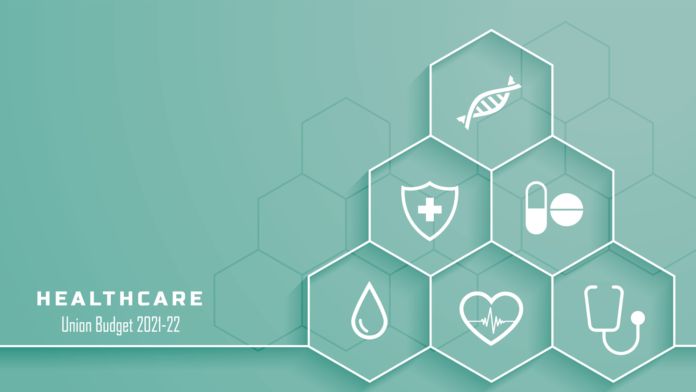Finance Minister Nirmala Sitharaman announced several measures for healthcare sector while unveiling the Union Budget (2021-22) last week. In the light of the ongoing pandemic, healthcare has been at the centre of all policy decisions. So, here is an overview of the hits and misses of the latest propositions.
Context
The healthcare allocations of the 2021 budget stand at 2.23 lakh crore, which includes a ₹35,000 crore grant for the COVID-19 vaccine, funding for nutrition, and enhanced capital expenditure. A new scheme called the ‘Atmanirbhar Swasth Bharat’ will also be launched to bolster the public health infrastructure. This would entail supporting the primary, secondary, and tertiary institutions and creating new wellness centres across the country. “Taking a holistic approach, our focus is on strengthening three areas: preventive, curative, and wellbeing,” said the Finance Minister in her budget speech.
On the counter side, many believe that the healthcare outlay missed the mark, especially considering the goal of enabling universal health coverage in India. Congress leader P Chidambaram called the increase in health numbers “a conjurer’s trick” as the boost comes only by adding the cost of vaccination and allocations to the water and sanitation department. Let us examine both of these angles.
Healthcare got its due:
The government has incorporated a well-rounded perspective of health in its new budget, touching upon themes like nutrition, water and sanitation, and disease prevention. With this, it has factored in a 137 percent jump in overall “health and wellbeing” spend, accomplishing an impressive feat.
The National Rural Health Mission recorded a six percent hike while investment in health infrastructure has received a much-needed push at this critical juncture. Not only this, the budget recognized the interlinkages of the health system with drinking water, pollution control, and AYUSH.
The FM’s presentation was also a wake-up call for almost every industry connected with the healthcare sector. From FMCG, to Wellness, to Finance, the budget sent a positive signal for a plethora of new opportunities. It gave a thumbs up to telemedicine and tech-driven companies—a thriving industry around 3225 startups—and encouraged them to innovate supporting solutions.
When it comes to serving the poorer sections of society, the current government has committed higher budgetary grants under PMJAY, its flagship insurance scheme, in the last three years. Moreover, the focus on vaccination and the announcement of ‘Atmanirbhar Swasth Bharat Yojana’ implied that the government is serious about managing healthcare in the post-COVID world. This scheme would receive ₹64,180 crores over the course of six years. So, it is fair to say that the current allocations indicate a comprehensive plan for India’s health system, nudging every component in the right direction.
Figures are inflated:
India currently spends about 1.6 percent of GDP on public health, which is lower than the average spending by OECD countries (7.6 percent) and BRICS nations (3.6 percent). The government’s target is to bring this share to at least 2.5 percent of GDP by 2025, as mentioned in the National Health Policy 2017. Where has the government addressed this promise in the 2021 budget?
The FM admitted herself that citizens’ out-of-pocket expenses are alarmingly high. Yet, the recent proposals fail to respond to several health imperatives. The budget says nothing about ensuring minimum wage for frontline healthcare workers. It overlooks many other aspects, such as expenditure on population stabilization, which includes family planning activities, maternal and adolescent health, etc. This was a missed opportunity as prioritizing these areas could result in better developmental outcomes.
Moreover, public health experts argue that ₹35,000 crore would be insufficient to cover the cost of providing free and universal vaccination in a time-bound manner. Then again, the increase in health and family welfare spending is only modest if one excludes the allotments for the vaccine, and water and sanitation.
So, critics believe that the government should have accorded more attention to affordable and quality healthcare. Insurance schemes like PMJAY are not the be-all and end-all for India; we need to extend the health coverage to outpatient care, medicines, and link these factors to the National Health Mission.


